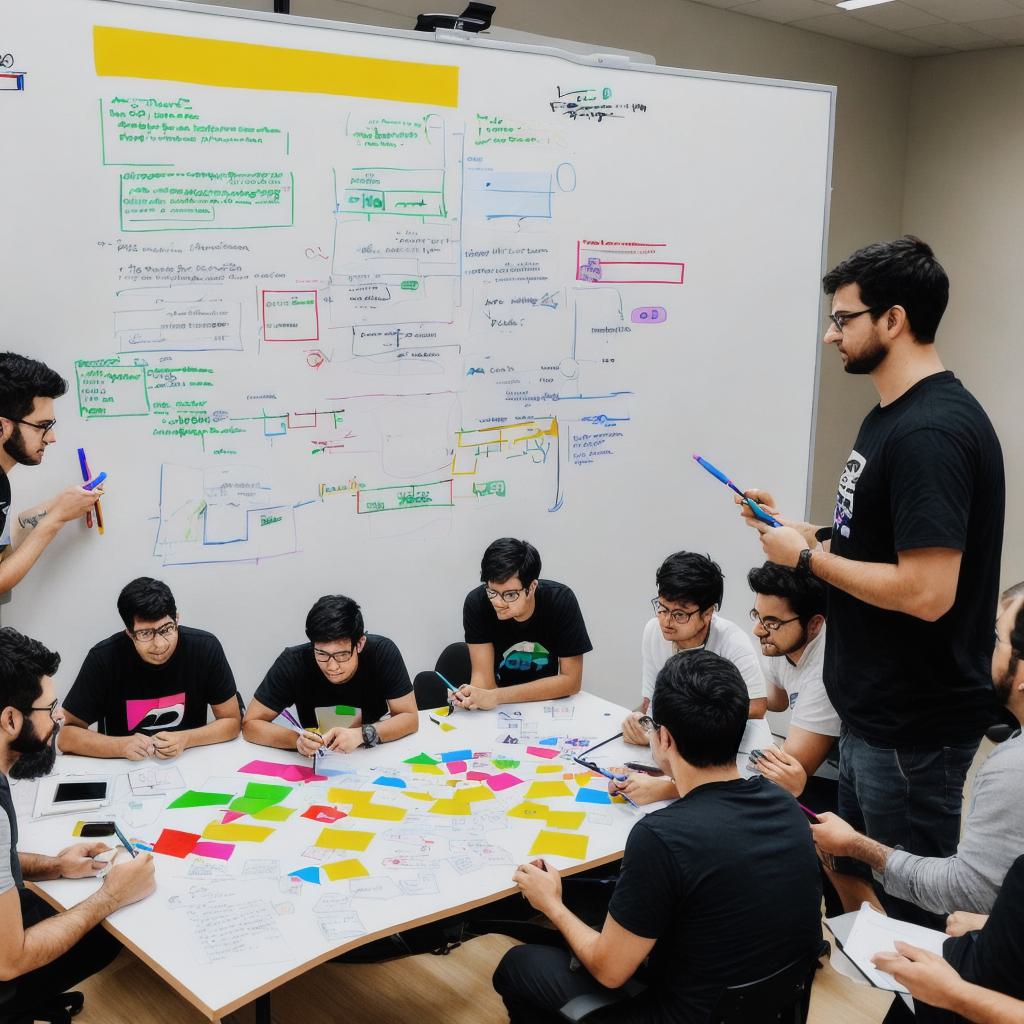As the popularity of Object-Oriented Programming (OOP) continues to grow, many web developers are turning to this powerful programming paradigm to build dynamic and scalable applications. However, like any technology, there are common problems that can arise when using OOPS! in a web application context. In this article, we’ll take a closer look at some of the most common issues and provide tips for how to avoid them.
- Lack of Clarity in Object Definition
One of the biggest challenges when working with OOPS! is defining clear and concise objects that can be easily understood by other team members. If an object’s purpose or functionality isn’t clearly defined, it can lead to confusion and make it difficult for other developers to work with it. To avoid this problem, it’s important to take the time to document your objects and ensure that they have a well-defined purpose and set of responsibilities.
- Overuse of Inheritance
Inheritance is a powerful tool in OOPS! that allows developers to create new classes based on existing ones, inheriting all of the parent class’s properties and behaviors. However, if used excessively, inheritance can lead to code bloat and make it difficult to maintain and extend your application over time. It’s important to use inheritance judiciously and only when it makes sense for your specific use case.

- Difficulty Debugging
One of the biggest challenges of working with OOPS! is debugging complex codebases. When working with multiple classes and objects, it can be difficult to identify where a problem is occurring or which object is responsible for a particular behavior. To avoid this problem, it’s important to write clean and modular code that is easy to understand and debug.
- Lack of Flexibility in Design
OOPS! is designed to be flexible and adaptable, but if not implemented correctly, it can become rigid and inflexible. When designing your objects and classes, it’s important to consider how they will evolve over time and ensure that they can be easily extended or modified as needed.
- Overuse of Abstract Classes and Interfaces
Abstract classes and interfaces are powerful tools in OOPS! that allow developers to define common behaviors and functionality across multiple classes. However, if used excessively, they can lead to code bloat and make it difficult to maintain and extend your application over time. It’s important to use abstract classes and interfaces judiciously and only when they make sense for your specific use case.
In conclusion, while OOPS! is a powerful programming paradigm that can help web developers build dynamic and scalable applications, it’s not without its challenges. By being mindful of the common problems outlined in this article and taking steps to avoid them, you can ensure that your OOPS!-based web application is well-designed, flexible, and easy to maintain over time.



